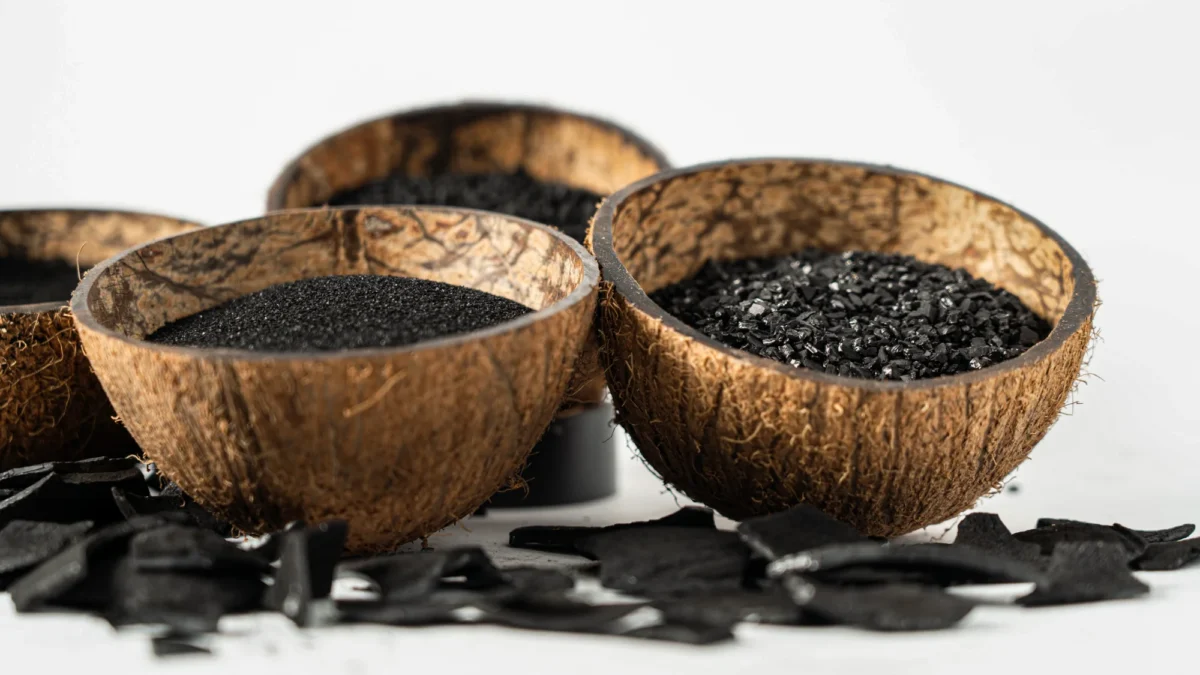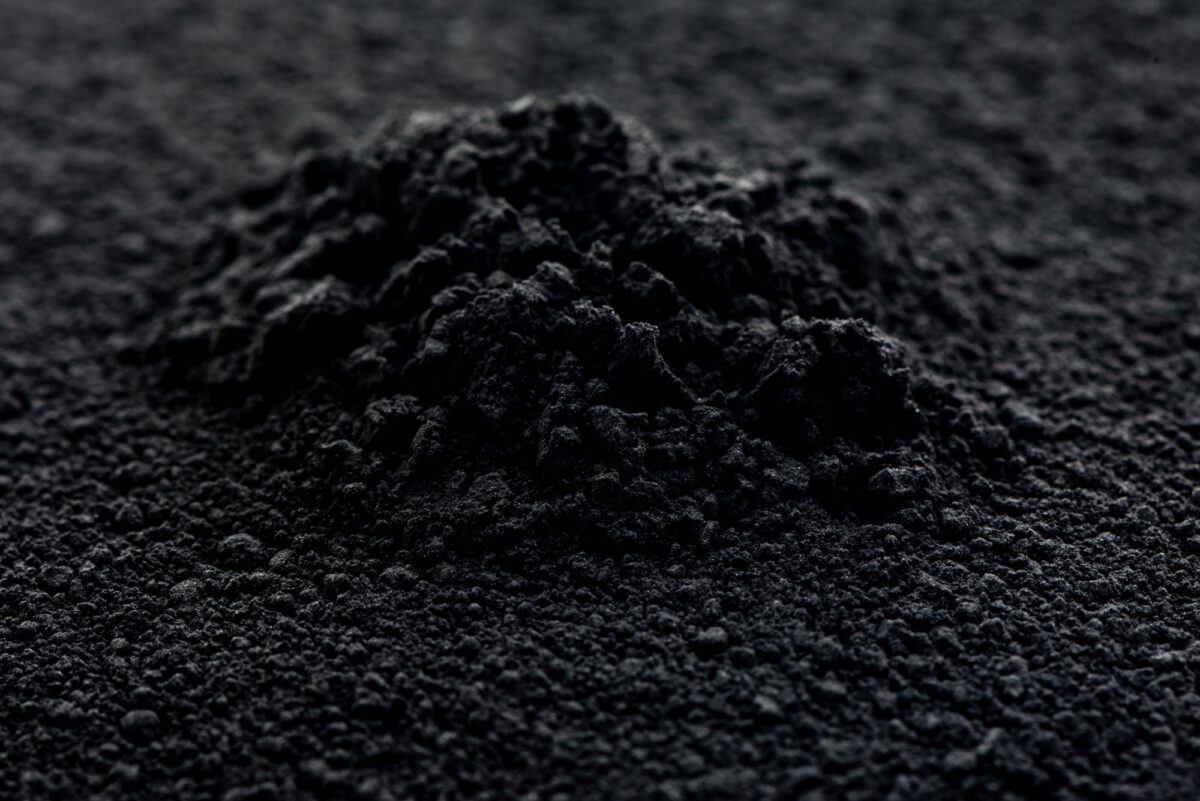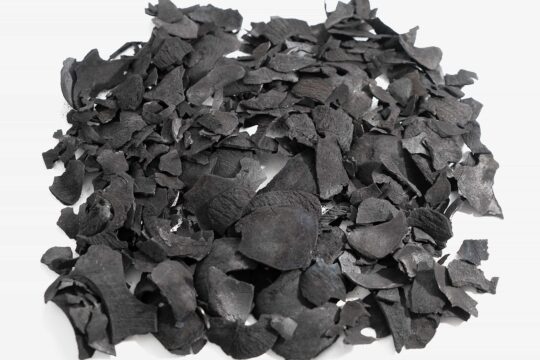When sourcing effective filtration and purification, only a few materials have the versatility and performance of activated carbon with its high carbon content, pore structure, and purity of the end state product. This particular combination is highly valued for its natural, sustainable, and reliable results across a wide range of industrial and commercial applications. But how exactly is coconut shell activated carbon used as a source in purification, and why is it a popular choice for several industries? This helpful guide explores what this carbon type entails and why it’s valuable.
What is Activated Carbon?
Activated carbon has a complex and important formulation that aids sectors on a global scale, featuring a large network of microscopic pores across a broad surface area, giving it those all-important adsorption qualities. These pores allow for activated carbon to provide effective capture of organic contaminants at the molecular level, especially when it pertains to gases, liquids, and vapours.
Activated carbon can be formulated from other popular and high-performing raw materials, including coal, wood, and coconut shells, with each variant showcasing its own personal trait. Within this lineup, coconut shells are often remarked for their durability, purity, and high density of pores.
What Makes Coconut Shell Stand Out?
Coconut shells are a natural by-product, making them both a renewable and ethically procured material. Rather than send the waste to a landfill, the shells are carbonised and then activated through either a steam or chemical process, which then opens up the pores and leaves a carbon-rich substance as the end result.
This process produces a material with a high surface area per gram amongst activated carbons. Since coconut shell is rich in pores, it is highly effective at capturing harmful molecules which could be found in filtration systems for drinking water or gas streams.
The key advantages of coconut shell activated carbon include:
High Adsorption
This formulation delivers superb performance in removing organic compounds, chlorine, odours, and volatile organic compounds (VOCs).
Durability
Coconut shell activated carbon is highly resistant to abrasion, which results in it lasting longer before it needs to be reactivated.
Sustainability
Derived from an organic agricultural by-product, coconut shell offers a lower environmental impact compared to other sources.
Low Ash Content
Produces fewer impurities, which allows the activated carbon to perform in sensitive applications such as food, beverage, and pharmaceuticals.

Applications of Coconut Shell Activated Carbon
Due to the unique properties of coconut shell activated carbon, it has become a popular abatement choice across several key sectors.
Water Treatment
Often used in industrial water purification systems and municipal treatment plants to remove chlorine, unfavourable tastes, odours, and organic pollutants. This is also favourable for groundwater remediation, effectively removing contaminants and making groundwater safe for beneficial purposes, such as drinking water.
Air and Gas Purification
Captures harmful vapours, odours, solvents, and airborne pollutants. Activated carbon is essential in HVAC units, industrial waste stream treatment, and personal protection applications.
Food and Beverage
These integral sectors require food-safe purity for products such as soft drinks, alcoholic beverages, and various foods by removing unwanted colours, tastes, and contaminants.
Pharmaceutical and Medical Use
Activated carbon plays a significant role in pharmaceutical purification, including being an active ingredient in medical-grade charcoal used for toxin adsorption.
Gold Recovery
In mining, coconut shell activated carbon can extract precious minerals and metals with ease. Its robust structure and resistance to degradation ensure great performance.

How to Choose the Right Activated Carbon?
When considering the right activated carbon grade most suitable for a business, it’s integral to understand the formulations available, product type, and its capability of integrating within existing internal processes.
Granular Activated Carbon (GAC)
This high-purity carbon can be used in both liquid and gas phase applications, commonly in filtration beds which remove bad taste, odours, and traces of organic contaminants.
Powdered Activated Carbon (PAC)
This version of activated carbon is often directly used in the batch treatment of drinking water and gas purification, covering a large surface area that requires little contact time.
Impregnated Carbon
This carbon type is infused with additional materials to be applied in specialised purification solutions; this can affect the adsorption ability, resistance, and chemical activity.
Working alongside a knowledgeable and trustworthy supplier ensures that the correct grade can be carefully selected depending on each sector’s unique structure and requirements.
Explore Activated Carbon Purification with Puragen
At Puragen, we are proud to facilitate and procure a range of high-performing and excellent activated carbon solutions. Formulated from carbon-rich sources such as coconut shells, coal, or wood, we are confident in delivering top-performing abatement services every time.
Our mobile carbon filter systems are designed for plug-and-play installation, ready to use immediately with minimal disruption to your operations. Our expert team are also on hand to offer spent carbon reactivation, so your activated carbon can consistently maintain a long lifespan.
Puragen delivers a true end-to-end service for all purification needs, whether it’s water treatment or biogas solutions; we’re here to meet your goals. Get in touch with a member of our team today to explore how we can help.

